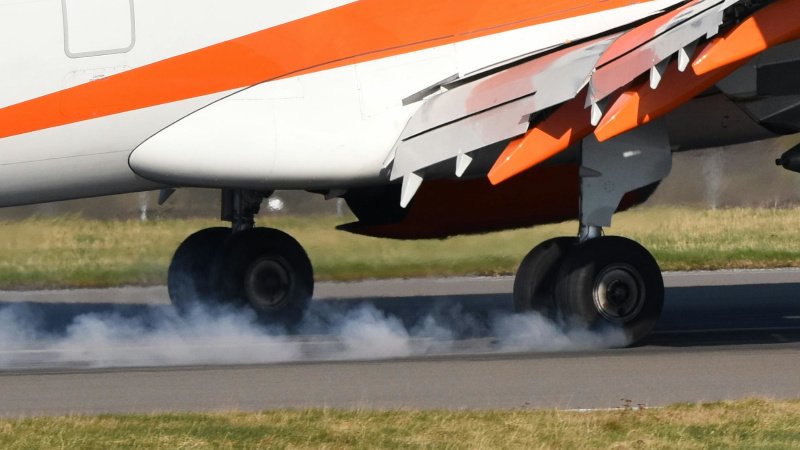
Bias Ply Aircraft Tire Construction
Bias-Ply Aircraft Tire Construction: Engineering Principles and Performance
Aircraft tires built with bias-ply construction remain widely used in general aviation and many commercial and military applications because of their robust structure, retreadability, and proven performance under demanding landing-gear loads. In a bias-ply tire, the reinforcing cords that form the carcass are laid diagonally from bead to bead, with each layer crossing the previous one at opposite angles—typically between 30° and 45° relative to the tire’s centerline. This crisscross arrangement gives the casing both high strength and uniform deformation under load, a contrast to radial designs where cords run perpendicular to the tread and are stabilized by separate belts.
A typical bias aircraft tire contains several engineered layers. Starting from the inside, an innerliner made of butyl or halobutyl rubber retains air pressure. The carcass plies, commonly composed of nylon 6,6 cords, wrap around the beads—bundles of high-tensile wire that anchor the tire to the wheel rim. Surrounding the bead are flippers, chafers, and apex fillers that distribute stress and resist chafing during high-energy landings. Above the carcass, breaker or tread-reinforcing plies help control tread growth and resist cutting. The outer layers consist of a tread compound, optimized for wear and heat resistance, and a sidewall compound formulated for flexibility and protection against ozone and environmental degradation.
This configuration yields a casing that couples tread and sidewall stiffness. During landing or taxiing, deformation in one region affects the other, producing a uniform footprint and predictable handling. Bias-ply tires tend to be stiffer laterally than radial types and can absorb high impact loads without structural separation. However, this interdependence of layers also generates more internal heat during operation, reducing efficiency and making proper inflation management critical. Research from NASA Langley and other laboratories has characterized the dynamic stiffness, damping, and footprint pressure behavior of bias-ply tires, data that are now fundamental to aircraft landing-gear simulations.
Material selection and ply configuration are vital design variables. Increasing ply count raises load capacity and burst strength but also adds weight and heat buildup. Advanced bias designs sometimes incorporate aramid reinforcements in tread-reinforcing plies to enhance strength-to-weight ratios. The bead package geometry and hardness of the bead apex influence stress at the rim interface, particularly during rejected takeoff scenarios when bead temperatures can spike. FAA Advisory Circular 20-97B and SAE standards such as AS4833 and ARP4834 provide design, inspection, and retread criteria that govern these elements.
Bias-ply tires’ retreadability is one of their most significant economic advantages. Because the carcass maintains structural integrity through multiple tread removals and replacements, operators can extend service life while maintaining airworthiness standards. SAE ARP6225 outlines removal limits, typically when the tread wears to the outermost casing ply or after abnormal thermal exposure.
In comparative testing, bias-ply and radial aircraft tires each show distinct trade-offs. Radials provide lower rolling resistance and cooler running temperatures, while bias tires offer superior cut resistance, sidewall strength, and tolerance of rugged field operations. Consequently, bias construction continues to dominate in general aviation, business jets, and military aircraft, where reliability, cost, and ease of retreading outweigh the efficiency gains of radials.
In summary, the bias-ply aircraft tire is a finely tuned composite structure engineered to endure enormous transient loads, thermal cycles, and dynamic stresses. Through decades of refinement—from early nylon casings to modern breaker systems—this construction remains an indispensable standard of aircraft ground performance, balancing strength, stability, and maintainability in the most demanding environments.
